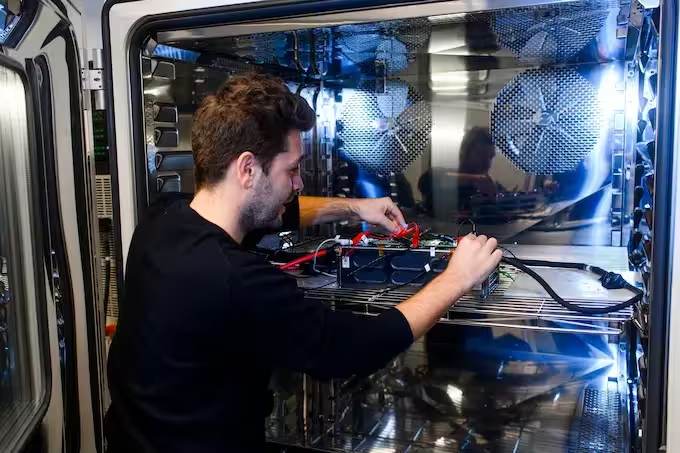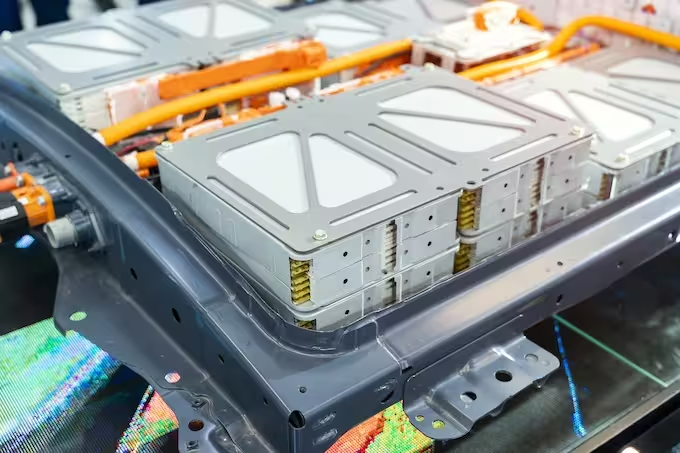Transmission losses in battery electric vehicles have compared to internal combustion engine powertrains a larger share in the total energy consumption and play therefore a major role. In this paper, three simulation models of the Institute of Automotive Engineering are presented.

Evaluation of transmission losses of various battery electric vehicles
Evaluation of transmission losses of various battery electric vehicles
Johannes Hengst (TWAICE, TU Braunschweig), Matthias Werra (TU Braunschweig) & Ferit Küçükay (TU Braunschweig)
Abstract
Transmission losses in battery electric vehicles have compared to internal combustion engine powertrains a larger share in the total energy consumption and play therefore a major role.
Furthermore, the power flows not only during propulsion through the transmissions, but also during recuperation, whereby efficiency improvements have a double effect. The investigation of transmission losses of electric vehicles thus plays a major role.
In this paper, three simulation models of the Institute of Automotive Engineering (the lossmap-based simulation model, the modular simulation model, and the 3D simulation model) are presented. The lossmap-based simulation model calculates transmission losses for electric and hybrid transmissions, where three spur gear transmission concepts for battery electric vehicles are investigated. The transmission concepts include a single-speed transmission as a reference and two two-speed transmissions.
Then, the transmission lossmaps are integrated into the modular simulation model (backward simulation) and in the 3D simulation model (forward simulation), which improves the simulation results. The modular simulation model calculates the optimal operation of the transmission concepts and the 3D simulation model represents the more realistic behavior of the transmission concepts. The different transmission concepts are investigated in Worldwide Harmonized Light Vehicle Test Cycle and evaluated in terms of transmission losses as well as the total energy demand.
The map-based simulation model allows the transmission losses to be broken down into the individual component losses, thus allowing transmission concepts to be examined and evaluated in terms of their efficiency in the early development stage to develop optimum powertrains for electric axle drives. By considering transmission losses in detail with a high degree of accuracy, less efficient concepts can be eliminated at an early development stage. As a result, only relevant concepts are built as prototypes, which reduces development costs.
Access the paper here.

See TWAICE Energy Storage Analytics in Action
Sign up for the next live group demo and learn how TWAICE can transform your BESS operations. In just 30 minutes, you’ll get a demo of key features and use cases, and engage with our product experts for a live Q&A.
.avif)

